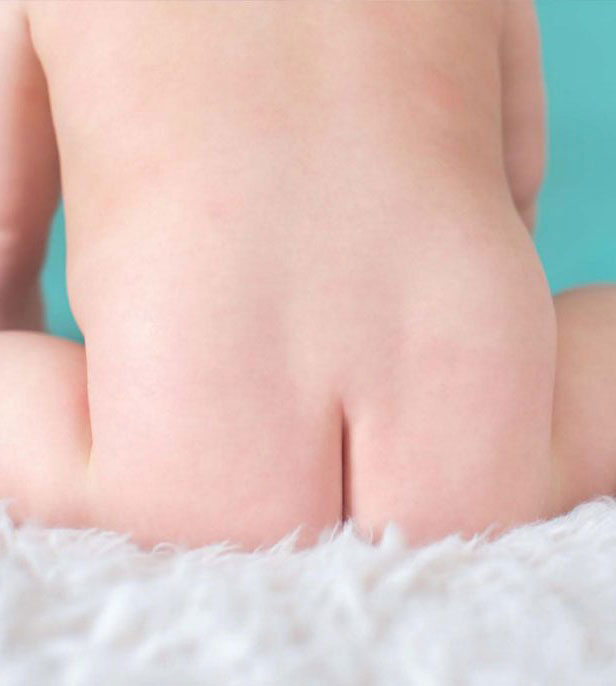Your Colorectal Health, Our Priority
With our comprehensive suite of screening services and treatment options, our experienced colorectal specialist and medical team promise you peace of mind whilst ensuring a strong and healthy colon.


The Bottom Issue
Pilonidal disease occurs when body hair gets embedded in the skin between the buttocks and causes an infection. Learn how to manage and prevent this painful condition.
A pilonidal abscess is a boil or pimple that occurs almost always at the bottom of the tailbone, at the top of the cleft between the buttocks. Though the condition is not usually serious, it can cause discomfort or pain when sitting, and if severe infection occurs, fever.
The condition happens when body hair at the buttocks sheds and penetrates the moist skin in the groove between the buttocks. The term 'pilonidal' actually means 'nest of hairs'. The embedded hairs cause irritation and inflammation that can lead to an infection that results in episodes of swelling, pain and discharge of pus. The condition is common in people with a lot of thick, stiff body hair. Other risk factors include having a sedentary occupation that requires sitting for long periods, a family history of the condition, obesity and having had an irritation or trauma to the area.
Signs
In the early stages, the trapped hairs under the skin just form a cyst, but once infected (the condition is called a pilonidal abscess), the cyst becomes red, painful, swollen and filled with pus. The signs include redness, pain or swelling at the tailbone area, a pus-filled boil and in some cases, fever. A pilonidal cyst needs to be drained in order to improve. In some people, repeated infections and inflammation may occur. This is because as long as the hair is not removed, the infection never fully clears. This is where one or more small little openings on the skin (called sinus tracts) lead into the cavity below that contains the hairs. Some of these tracts may extend deep towards the bone below.
Treatment
This depends on how severe the disease is. A small abscess can be treated by making a small cut to release the pus and remove the hair. A more chronic case may require surgery to remove the entire cyst. Some treatment methods include simple surgery under local anaesthesia to incise and drain the cyst as well as remove the hairs that have been embedded. The cavity is then packed with gauze.
Preventing pilonidal disease
For some people, it is the shape of their buttocks that makes it easy for hair to get embedded. However, the risk of pilonidal disease can be reduced by ensuring that the area at risk is free from hair. It is also helpful to avoid sitting for long periods of time, and to ensure one takes frequent breaks to walk around. Avoiding tight clothing can also be helpful as snug clothing can force body hairs down into the skin. Personal hygiene is also important. Clean the area on a daily basis, ensuring that all soap residue is washed away. Keep the skin completely dry. Seek medical attention if the boil becomes red and inflamed to prevent a serious case of infection.

